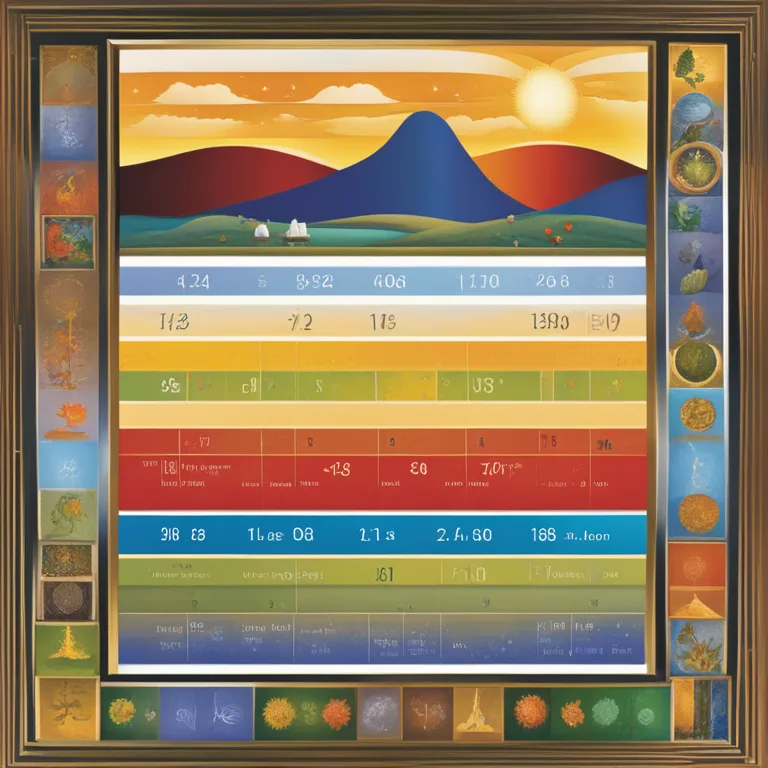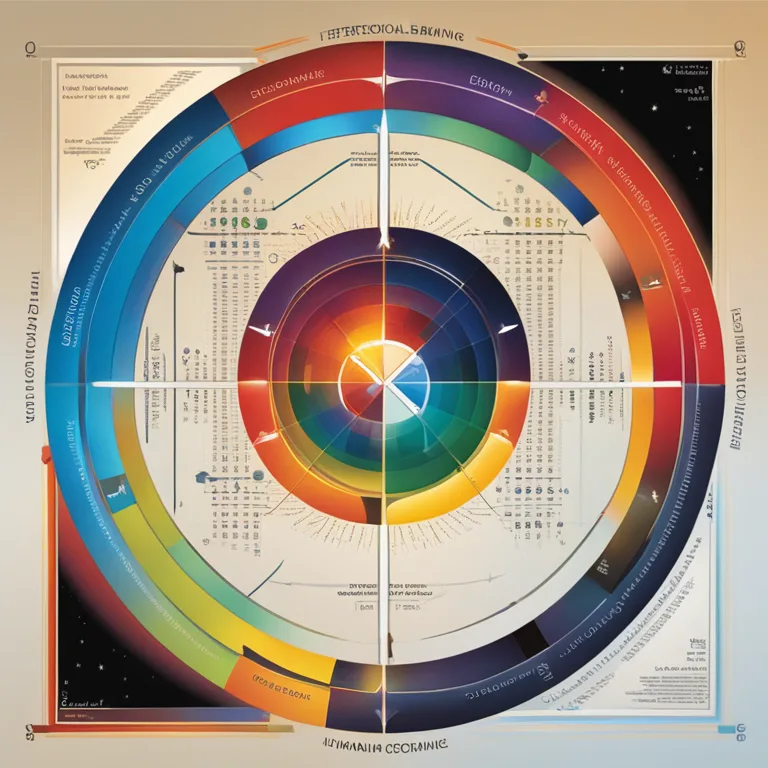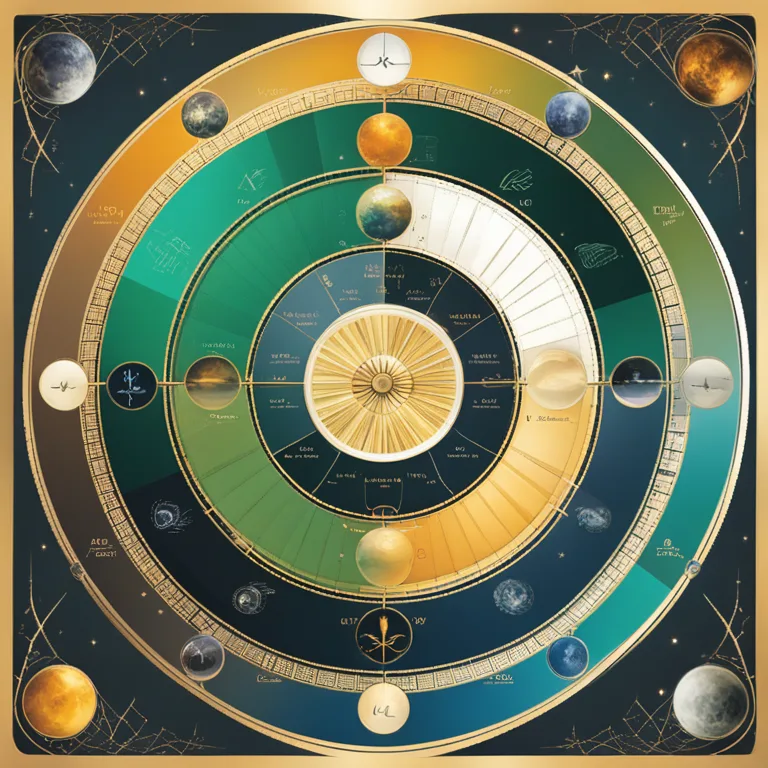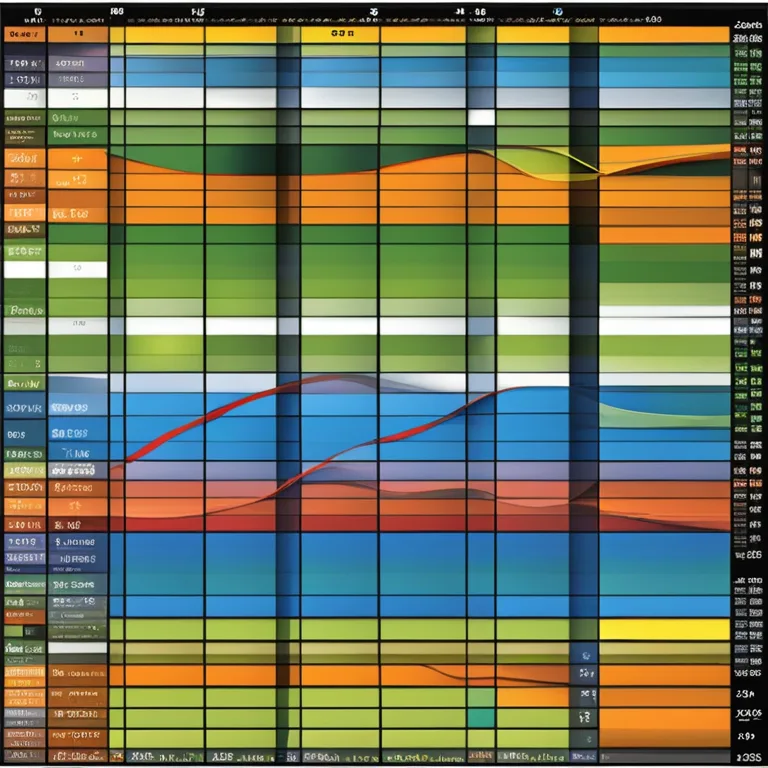
Calculating Biorhythms: A Comprehensive Guide
Delve into the science of biorhythms and learn the step-by-step method for computing your personal cycle with clarity.
article by Adrian Wallace
Introduction to Biorhythms
The concept of biorhythms is a fascinating and often celebrated aspect of personal well-being, suggesting that our lives are influenced by rhythmic biological cycles. These cycles are thought to affect our physical, emotional, and intellectual faculties, providing a framework to predict periods of high performance or potential vulnerability. Originating from the 19th century, the ideology weaves together notions from biology and astrology, offering a blend that appeals to those seeking insight into their personal dynamics.

The Core Cycles
Traditionally, biorhythms are based on three principal cycles: the Physical (23 days), Emotional (28 days), and Intellectual (33 days) cycles. These numbers are believed to signify the regular intervals at which certain aspects of our being peak and ebb. Physical cycles influence strength, coordination, and well-being; Emotional cycles sway our mood, creativity, and perception; while Intellectual cycles shape our analytical abilities, memory, and communication.

Starting Point: The Birth Date
The journey to calculating one's biorhythms begins with the individual's birth date, which serves as the anchor or zero point of the cycles. From this date, the counting of days begins, setting the rhythm according to which one's personal highs, lows, and critical days will be forecast. It's pivotal to use accurate birth information to ensure the computations reflect true cycle transitions.

The Calculation Process
To compute the biorhythm chart, count the number of days from the person's birth to the current date or the date in question. The resultant number is the key to unraveling where one stands in each of the cycles. Using basic mathematical formulas—applying sine functions—you can find the individual's biorhythmic state for a particular day by calculating the sine of the number of days lived divided by the cycle period (in days), and then multiplied by 360 degrees to suit the sine wave calculation.

Interpreting the Results
Once the numbers are crunched, they translate into a chart reflecting the high (positive sine values), low (negative sine values), and critical transition points (where the curve crosses the zero line) for each cycle. These graphs represent personal trends—times when one may feel energetic or lethargic, emotionally sensitive or numb, mentally sharp or foggy. It's worth noting that biorhythm theory, while popular among enthusiasts, lacks empirical evidence and is considered pseudoscience by the scientific community.
Modern Tools and Technologies
Nowadays, the rigorous manual calculations once required to plot biorhythms have been largely simplified thanks to advancements in technology. Websites and mobile applications can instantly generate personal biorhythm charts with user-friendly interfaces, incorporating enhancements and customizable features. These digital platforms often offer interpretations and insights, thus widening the appeal of biorhythms to tech-savvy audiences interested in self-discovery and personal analytics.
Conclusion
While the validity of biorhythms calculations can be a topic of debate, the allure of uncovering the inner workings of one's physiological clock remains undeniable for many. Whether driven by curiosity or the search for self-improvement, exploring biorhythms is an exercise that melds the esoteric with analytical thought, a testament to humanity's quest to make sense of the complexities of life.
Published: 12/28/2023
Modified: 12/28/2023
More predictions
Come back here soon to learn more about yourself and your future


Biorhythm Compatibility: Fact Or Myth?
Explore the concept of biorhythm compatibility to discover if there's a real connection between our biocycles and relationship harmony.


Unlocking Your Body's Natural Clock
Explore the intriguing world of biorhythms and discover how they influence your physical, emotional, and intellectual states.


Biorhythms In Humans Explored
Exploring the concept of biorhythms and their influence on human behavior and physical states.